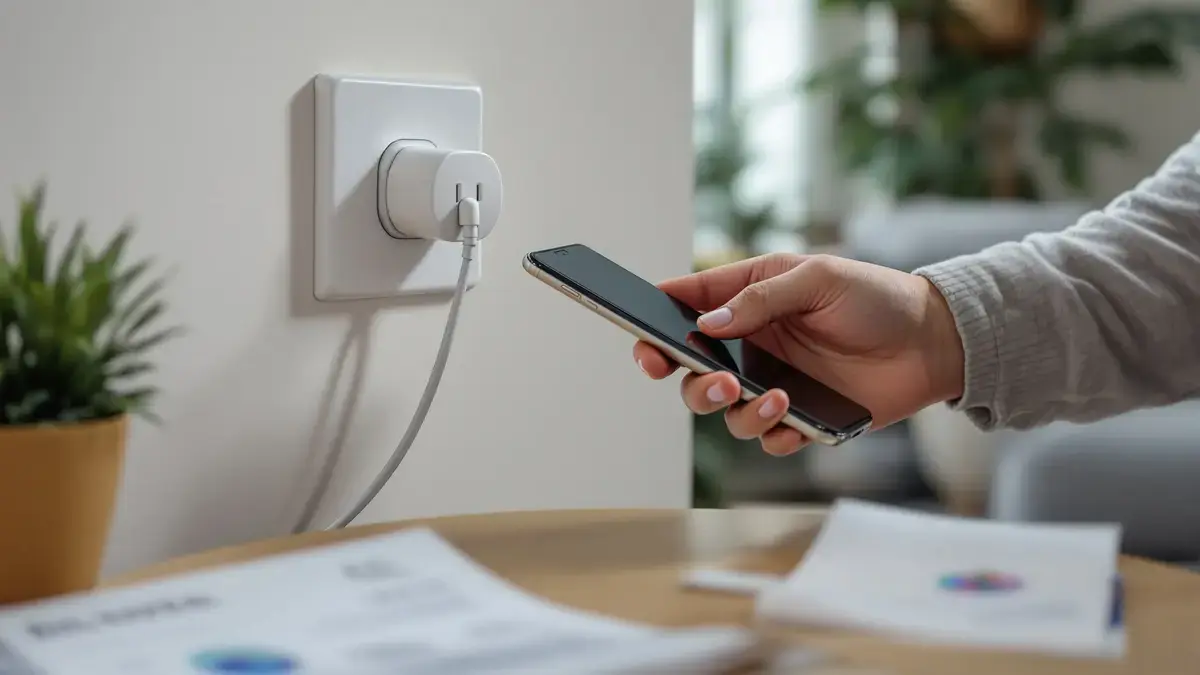Nowadays, the question of energy consumption is crucial for our future. A connected phone charger, even when inactive, consumes about 0.3 Watts, leading to hidden costs on our electricity bills. This phantom consumption comes with risks of overheating and fire. By unplugging unused chargers and turning off devices in standby, we can reduce our ecological footprint and contribute to a more sustainable planet.
The essentials of the information
- A phone charger consumes about 0.3 Watts even without a device.
- This invisible cost accumulates on the electricity bill.
- Unplugging chargers and turning off devices helps reduce consumption of energy.
- Every action helps preserve our planet and decrease our ecological footprint.
A significant invisible consumption
A connected phone charger, even without any device charging, consumes about 0.3 Watts. This phenomenon, often overlooked by users, leads to energy consumption that may seem minimal at first glance, but when aggregated over a prolonged period, can have a significant impact on the electricity bill.
Hidden costs in our daily life
The “phantom” energy cost, this invisible expense linked to unused devices, contributes to the increase in our electricity consumption. While everyone tries to manage their expenses, it is crucial to be aware that these small consumptions can silently accumulate and result in additional costs that burden our bills.
Increased consumption during charging
When we actually plug in a device to charge, energy consumption increases. This consumption varies depending on the battery’s status and the efficiency of the charger used. Thus, an inefficient charger can consume more energy during the charging process, further increasing electricity-related costs.
Risks associated with unused chargers
Leaving a charger plugged in without being connected to a device not only has economic implications but also poses safety risks. Indeed, operating an inactive charger can potentially lead to overheating and even fire incidents. It is therefore wise to monitor the use of these devices and take preventive measures.
The issue of standby mode
Other electronic devices, when in standby mode, also continue to consume electricity without us realizing it. This includes televisions, computers, and other gadgets that, while appearing to be off, remain active to some extent. This highlights the importance of being aware of the latent consumption inherent in our daily electronic devices.
Simple actions to reduce consumption
To reduce this home energy consumption, it is advisable to unplug chargers and turn off devices when not in use. These simple actions can not only decrease our electricity bill but also contribute to environmental preservation.
A commitment to ecology
Indeed, every action, no matter how small, helps reduce our ecological footprint. By being proactive and adopting more responsible behaviors, we can together work towards a more sustainable planet. Every gesture counts, and it is within the reach of each of us to make a significant difference.











